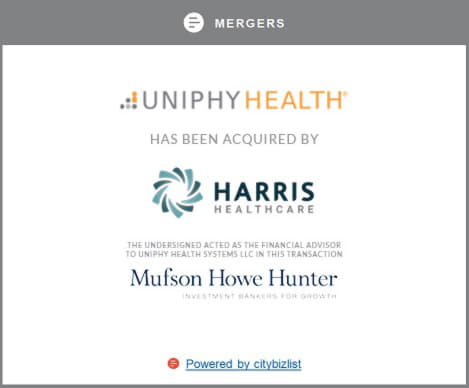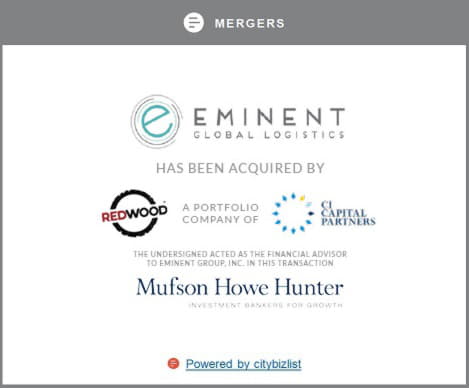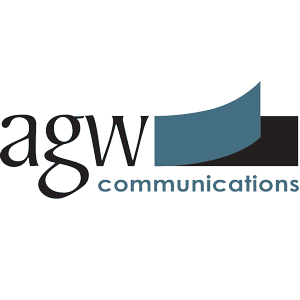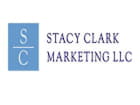Honeywell International (NYSE:HON) has been the standout performer in the stable of industrial conglomerates, and its near- to mid-term prospects look better than its nearest peers, namely General Electric Company (NYSE:GE) and United Technologies Corporation (NYSE:UTX). In addition, analysts walked away from Honeywell's recent outlook thinking that management's guidance was too conservative and promptly raised it. I agree that the stock is worth buying and here's why.
Honeywell International's outlook meeting
The table below shows the headline guidance from the event. In order to assess 2017 performance and 2018 guidance, I've included 2016 numbers and the original 2017 guidance given at the time of last year's fourth quarter.

HONEYWELL INTERNATIONAL IS A LEADING BUSINESS JET SOLUTION PROVIDER. IMAGE SOURCE: GETTY IMAGES.
As you can see below, management's original 2017 sales guidance proved too conservative and EPS is likely to come in at the high end of original guidance, while free cash flow (FCF) is in line. The one blemish is segment margin, which came in lower than originally expected. The main culprit was the disappointing margin performance in the home and building technologies (HBT) segment and the negative impact on margin from the Intelligrated (automated material handling solutions) business in the safety and productivity solutions (SPS) segment.
No matter, a diversified business like Honeywell is never going to have all of its segments firing on all cylinders at any one time, and in the end, stronger-than-anticipated sales growth helped offset any margin dilution in 2017.
| Metric | 2016 | Original 2017 Estimate | 2017 Estimate | 2018 Estimate |
|---|---|---|---|---|
| Organic sales growth | (1%) | 1%-3% | 4% | 2%-4% |
| Segment margin | 18.30% | 19%-19.4% | 18.9% | 19.2%-19.5% |
| Earnings per share | $6.60 | $6.85-$7.10 | $7.10 | $7.55-$7.80 |
| Free cash flow | $4.4 | $4.6-$4.7 | $4.6-$4.7 | $5.2-$5.9 |
DATA SOURCE: HONEYWELL INTERNATIONAL PRESENTATIONS.
Why 2018 guidance looks conservative
There are probably three reasons why management's sales guidance in 2017 proved conservative, and they may also apply in 2018:
- New CEO Darius Adamczyk may well have decided to be on the cautious side of guidance as he establishes himself in his new role -- contrast this with what General Electric's new CEO, John Flannery, is facing after former CEO Jeff Immelt gave overly optimistic guidance.
- The industrial economy improved as the year progressed and, in particular, the two segments that disappointed in 2016 -- aerospace and the oil and gas-focused operations in the performance materials and technologies (PMT) segments -- outperformed expectations due to cyclical upswings.
- Around 60% of Honeywell's earnings come from short-cycle business, which makes it hard to predict sales growth and they can overshoot expectations given an improving economy.
Of course, these arguments may well still apply in 2018 particularly as most commentators expect the U.S. and world GDP growth to improve next year. In addition, Honeywell's forecast for 2%-4% core organic sales growth looks a little light given recent growth rates of more than 4%.

DATA SOURCE: HONEYWELL INTERNATIONAL PRESENTATIONS. Q4 2017 IS THE MIDPOINT OF GUIDANCE FOR 7%-8% GROWTH.
Improving FCF generation
Investors would also have been cheered by the confirmation of Honeywell's plans to increase FCF conversion from net income, resulting in $5.2 billion to $5.9 billion in FCF in 2018.
Essentially, Honeywell has completed a cycle of heavy capital investment -- notably in the PMT segment -- and the reductions in capital expenditures are now dropping into FCF generation. For reference, capital expenditure was $1.1 billion, dropping to $1 billion in 2017 and then $900 million in 2018.
It's worth pausing to reflect upon GE's problems with FCF, because based on my calculations, GE's available cash flow will be just $1 billion in 2017 and, assuming $2 billion in pension funding in 2018, produces a figure of $4 billion to $5 billion. That's below Honeywell's projected FCF and consider that GE's enterprise value (market cap plus net debt) is 1.9 times that of Honeywell. In fact, GE's new dividend payout of $4.2 billion is arguably only safe due to a combination of debt and asset sales.
In contrast, Honeywell's FCF and FCF conversion looks set to improve.

DATA SOURCE: BILLIONS OF U.S. DOLLARS. CONVERSION FROM NET INCOME, 2017 AND 2018 ESTIMATES ARE MIDPOINT OF GUIDANCE.
Looking ahead
Honeywell's guidance looks conservative, and provided it hits guidance, the stock looks like a decent value. A forward FCF yield (FCF/market cap) of 4.7% suggests the stock is fairly valued and is likely to grow in in line with its projected earnings growth of around 8%. When you throw in a near 2% dividend yield and some potential upside from the conservative-looking guidance, Honeywell is capable of generating double-digit returns for investors in the next year.
10 stocks we like better than Honeywell International
When investing geniuses David and Tom Gardner have a stock tip, it can pay to listen. After all, the newsletter they have run for over a decade, Motley Fool Stock Advisor, has tripled the market.*
David and Tom just revealed what they believe are the ten best stocks for investors to buy right now… and Honeywell International wasn't one of them! That's right -- they think these 10 stocks are even better buys.










